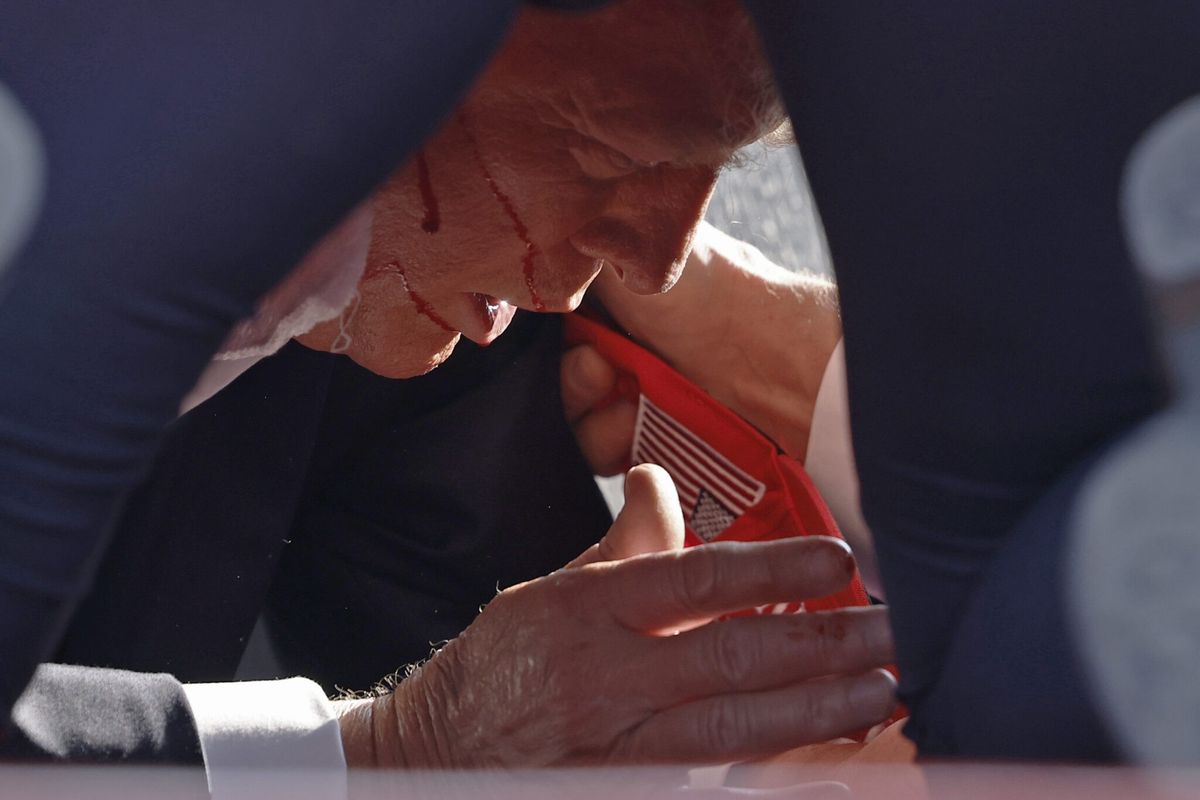One year after the April 2015 attack that left 148 people dead at a university in Garissa, Kenya, a combination of forces is strengthening the militant Islamist organization that carried out the attack, al-Shabaab.
The al-Qaeda-affiliated group came to prominence in neighboring Somalia in 2006 after the collapse of the country’s Islamic Courts Union government. The group is financed mostly through the charcoal trade and taxation in regions where it controls territory. “Al-Shabaab is once more on the rise and has recovered its financing from charcoal, sugar, and other smuggling in southern Somalia, and from taxing traffic and businesses throughout its area of operation, including in Mogadishu,” says Cipher Brief expert and Senior Fellow at the Brookings Institution Dr. Vanda Felbab-Brown.
The group has increased attacks in Kenya and Somalia in the past two months. Just last week, an al-Shabaab suicide bomber killed himself and a local official in Galkayo, a city that is partially in Puntland territory and partially in Somalia’s state of Galmudug. Al-Shabaab’s military operation spokesman Sheikh Abdiasis Abu Musab told Reuters, “We killed Saeed Ali, the treasurer of Galkayo, and several police officers that were guarding him.”
Also last month, al-Shabaab fighters descended on Puntland’s port city of Garad and managed to gain control. In February, the group recaptured the southern port city of Merca, which will certainly be a financial boost for al-Shabaab’s operations.
Other attacks the militant organization has carried out in February alone include:
- The detonation of a bomb on a plane at Mogadishu’s international airport, killing the suicide bomber but failing to down the aircraft
- A bombing in the town of Baidoa that killed as many as 55 people
- An attack at the Somali Youth League hotel that killed at least nine people
- A mortar shell assault on the presidential palace in Mogadishu
The militant group is taking advantage of domestic political discontent in Somalia to undermine confidence in the government. The expected national elections this year will perpetuate an electoral system that has supported clan rivalries and elite interests. Felbab-Brown explains that the hope for one man, one vote elections was dashed in favor of continuing the 4.5 model, in which the minority clans are allotted half the members of parliament positions that each of the four major clans gets.
Al-Shabaab’s gains also reflect the mixed performance of the African Union Mission in Somalia (AMISOM), the peace-keeping mission intended to counter al-Shabaab. On January 15, al-Shabaab fighters killed more than 100 Kenyan soldiers at the African Union military base at El Adde, making it the third forward operating base al-Shabaab has attacked in just seven months. Head of the U.S. Africa Command General David Rodriguez told a Senate Armed Services Committee in March that recent AMISOM operations “have been limited due to overstretched AMISOM forces and endemic deficiencies within the Somali national army.”
The European Union recently cut funding for AMISOM by 20 percent. The EU is one of AMISOM’s main donors, in addition to the United Nations. Moreover, the Mogadishu-based Heritage Institute for Policy Studies reports there is local resentment toward AMISOM and the growing influence of neighboring states within the mission.
Some observers, however, see possible limits to al-Shabaab’s success. Cipher Brief expert and Deputy of the Africa Center at the Atlantic Council Bronwyn Bruton notes, “Today, al-Shabaab is heartily disliked by most Somalis, and it doesn’t control much territory. AMISOM has swarmed over the country, regional governments are popping up left and right, and, though the Somali prime minister is fired and replaced on an annual basis, along with most of his ministers, the national government has managed to avoid a visible collapse.”
Moreover, the attacks have galvanized the Kenyan government, which almost certainly wants to prevent al-Shabaab from disrupting the country’s presidential elections next year. After the Garissa University attack, the Kenyan government last September launched an operation to capture al-Shabaab militants thought to be hiding out in the Boni Forest, on the border between Kenya’s Lamu County and Somalia. Kenya has augmented efforts against al-Shabaab this year by providing police with 30 armored vehicles in the northeastern and coastal regions.
The government is also seeking outside assistance. Kenya Defense Forces (KDF) purchased a U.S.-made ScanEagle drone for $9.86 million to conduct real-time surveillance on terrorist groups like al-Shabaab, according to SIPRI Military Expenditure Programmes Director Samuel Perlo-Freeman. It is set to arrive in Kenya this September. In addition, Nairobi is contracting with private security firms. Cipher Brief expert and Managing Director at Nairobi-based Securex Agencies Tony Sahni states, “The private security industry has always been front and center in the War on Terror […] 80,000 police officers work with more than 400,000 security guards to keep Kenya safe.”
This is all good news for the U.S., since Kenya is home to “thousands of American business, humanitarian, and diplomatic interests,” says Bruton. The uptick in al-Shabaab violence is not going unnoticed in the U.S. either. At the Nuclear Security Summit in Washington on Friday, President Obama defended U.S. airstrikes aimed at terror groups in Somalia, Libya, and Yemen. Just last Thursday, a U.S. airstrike targeted al-Shabaab operational commander Hassan Ali Dhoore. Pentagon officials are still assessing whether or not he was killed in the attack but say his death would be a “significant blow” to al-Shabaab operations.
On March 5, the Pentagon announced U.S.-led airstrikes on an al-Shabaab training camp in Raso (about 120 miles north of Mogadishu) that killed more than 150 fighters. Pentagon spokesman Captain Jeff Davis said the group at that camp was planning a “large-scale” attack and posed an “imminent threat” to U.S. and African Union forces.
Despite al-Shabaab’s growing strength, continuous efforts undertaken by Kenyan and Somalian forces, with support from the U.S. and AMISOM, to combat the terrorist group demonstrate that the international community is committed to defeating the regional security threat.













